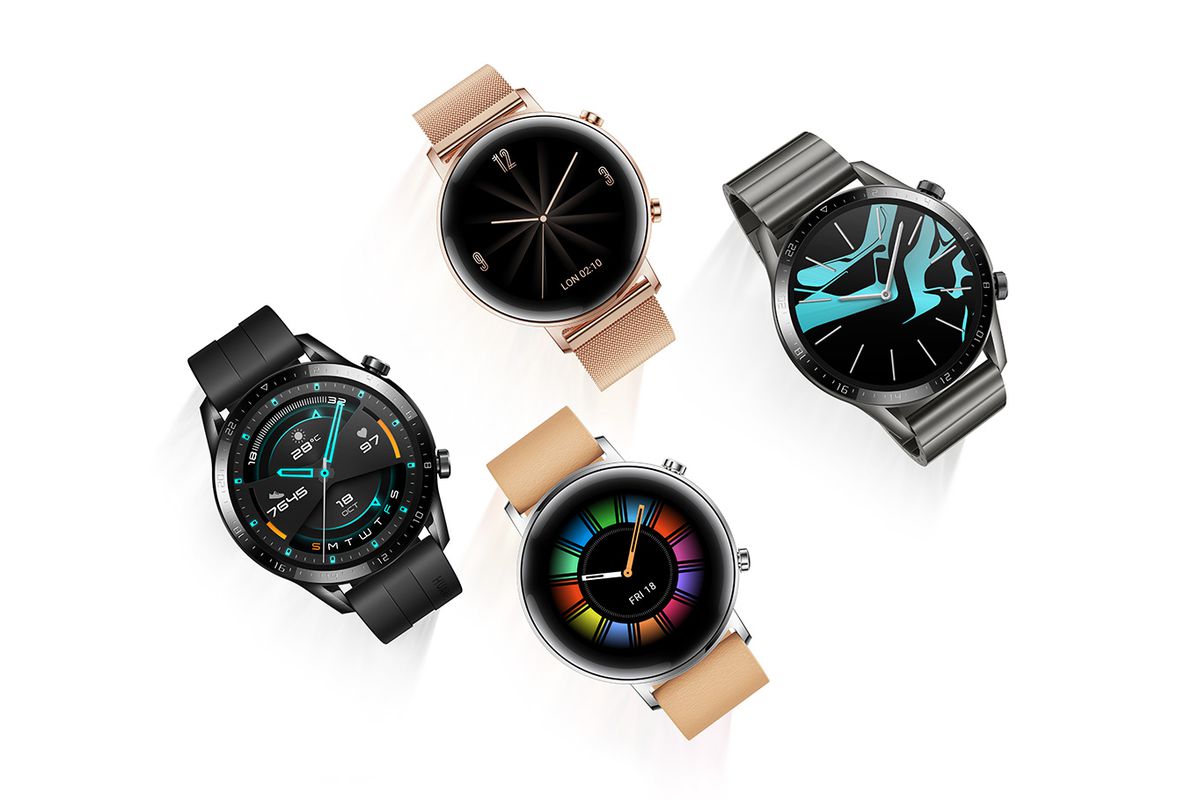
Huawei is back with another smartwatch -Huawei GT smart watchthat’s focused on fitness. The Watch GT 2 runs Huawei’s homegrown LiteOS, not Google’s Wear OS, and it ships in two sizes with up to two weeks of battery life.
The 46mm model features a 1.39-inch OLED with 454 x 454 resolution and 22mm strap like last year’s Watch GT. The smaller, thinner, and lighter 42mm Watch GT 2 scales things back with a 1.2-inch OLED with 390 x 390 resolution and 20mm strap. Both watches are powered by Huawei’s homegrown Kirin A1 chipset, with Bluetooth 5.1, GPS, and optical heart rate sensors. A 5ATM rating means they’re water resistant at a depth of 50 meters for up to 10 minutes a time. They’re also loaded with sensors to make the most of the fitness tracking and stress monitoring features. And because it’s smartwatch, it’ll display all your app notifications right on your wrist.
The Watch GT 2 has a mic and speaker so you can now take calls from your wrist, providing the watch is within 150 meters of your phone, Huawei claims. This will obviously impact battery life if you use it regularly, but Huawei still says you’ll get 10 hours of battery life with Bluetooth calling. The company claims the typical scenario of battery life will be 14 days, with GPS mode providing 30 hours, and music playback at 24 hours.
Huawei has added support for 15 workout modes, including running (road, trail, and treadmill), walking, hiking, cycling, and swimming (pool or open water), as well as gym machines and free-weight training. There’s enough storage for about 500 songs to keep you motivated.
And yes, there’s an always on mode, but it seems to be an option that’s not enabled by default. For battery life, Huawei’s measurements were made when “screen is turned on 200 times a day.”
Huawei has priced the 46mm Watch GT 2 at €249 and the smaller 42mm at €229. They’ll begin shipping in October.
Update September 19th, 12:30PM ET: Updated with additional specs and a note about the always-on mode.
